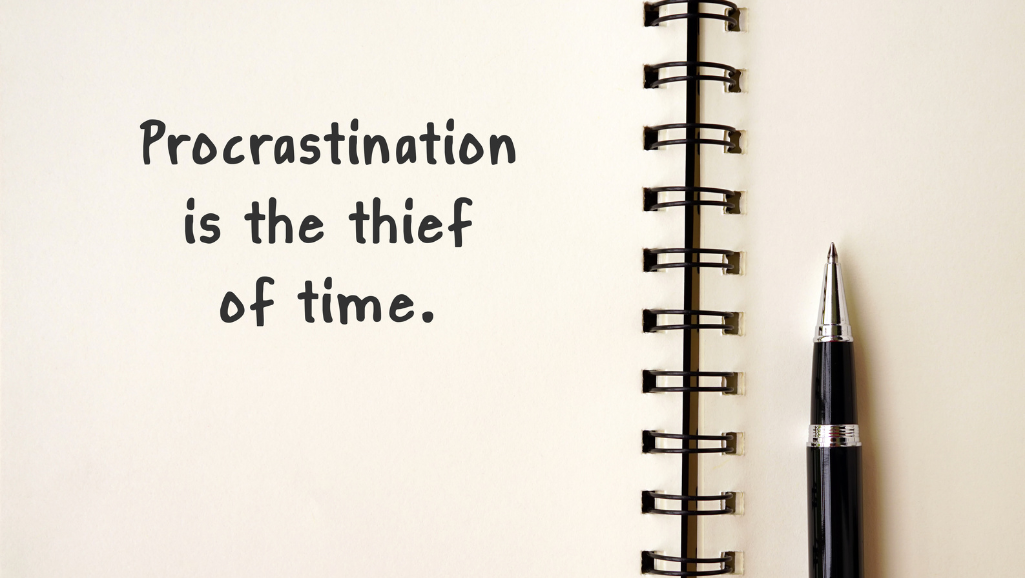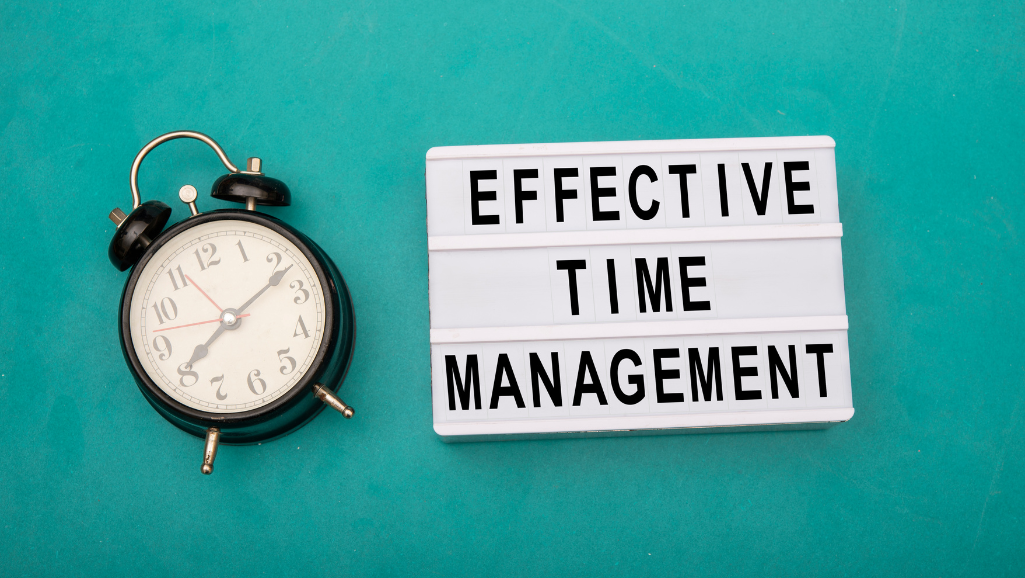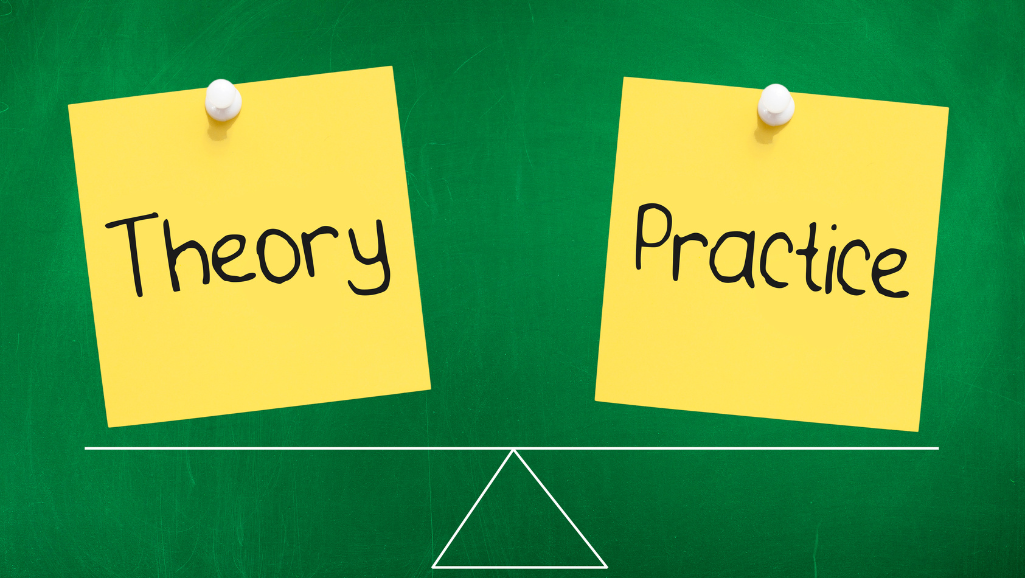Procrastination is a challenge many face in their daily lives. It can disrupt personal growth and professional success. Understanding its impact is the first step toward overcoming it.
This article offers a research-backed guide to help you tackle this issue. Drawing from scientific studies, it provides proven methods to manage your time effectively. Setting clear goals is a key part of this process.
By exploring actionable strategies, you can take control of your life. The insights shared here are based on real-world examples and leading research. Let’s dive into practical solutions that can transform your approach to tasks.
Key Takeaways
- how to stop procrastination research papers.
- Procrastination affects both personal and professional life.
- Effective time management is crucial for overcoming it.
- Setting clear goals increases task completion rates.
- Breaking tasks into smaller steps enhances productivity.
- Research-backed strategies provide reliable solutions.
The Science Behind Procrastination
Science reveals that procrastination is deeply rooted in our biology and emotions. It’s not just about laziness or poor time management. Instead, it’s a complex behavior influenced by how our brains process emotions and rewards.
Understanding Emotional Regulation and Present Bias
One key factor is emotional regulation. When faced with a challenging task, our brain often prioritizes short-term comfort over long-term goals. This is known as present bias. For example, watching a favorite show feels more rewarding in the moment than starting a difficult project.
Behavioral psychology explains this through hyperbolic discounting. We tend to undervalue future rewards and overvalue immediate pleasures. This imbalance can lead to repeated delays, even when we know the consequences.
Genetics, Brain Chemistry, and Survival Instincts
Genetics also play a role. Studies show that certain genes influence dopamine and serotonin levels, which affect motivation and mood. Low dopamine can make it harder to start tasks, while high cortisol levels from stress can amplify avoidance behaviors.
Our survival instincts contribute too. The amygdala, part of the brain’s limbic system, activates when we feel fear or anxiety. This can trigger a fight-or-flight response, making us avoid tasks that feel overwhelming.
Research on nursing students highlights the impact of social capital. Those with strong support systems were less likely to procrastinate, showing how external factors can influence this behavior.
- Emotional regulation shapes our response to tasks.
- Present bias prioritizes short-term rewards over long-term goals.
- Genetics and brain chemistry influence motivation and stress levels.
- Survival instincts can trigger avoidance behaviors.
Common Misconceptions about Procrastination
Many people misunderstand the true nature of delaying tasks. It’s often labeled as laziness or poor time management, but the issue is far more complex. Recognizing the difference between intentional delay and chronic avoidance is crucial for addressing the problem effectively.
Debunking the Myth of Laziness
One of the most persistent myths is equating procrastinating with laziness. Laziness implies a lack of effort, while procrastination is often rooted in emotional struggles. For example, someone might avoid a task because it triggers anxiety or self-doubt, not because they’re unwilling to work.
Research shows that procrastinators often care deeply about their goals but struggle with emotional regulation. This highlights the importance of addressing the underlying issue rather than dismissing it as laziness.
Reevaluating Last-Minute Pressure
Another common thought is that working under pressure leads to better results. While some thrive in high-stress situations, studies reveal that chronic procrastinators perform worse under such conditions. The belief that last-minute effort improves outcomes is a misconception.
“Procrastinators tend to overestimate their ability to perform well under pressure, but the reality often falls short.”
Understanding this difference can help individuals plan tasks more effectively and avoid the pitfalls of unnecessary stress.
- Procrastination is not laziness but often tied to emotional challenges.
- Last-minute pressure rarely leads to better performance.
- Recognizing these myths is the first step toward meaningful change.
Motivational Strategies to Break the Cycle
Breaking free from the cycle of delay requires more than just willpower. It involves understanding the emotional barriers that hold us back and adopting strategies to move forward. By focusing on self-compassion and forgiveness, we can create a positive mindset that fuels progress.
Embracing Self-Compassion
Self-compassion is a powerful tool for overcoming the habit of avoidance. Instead of harsh self-criticism, it encourages kindness and understanding. Research shows that individuals who practice self-compassion are more likely to take action and less likely to feel overwhelmed by tasks.
For example, when facing a challenging project, remind yourself that it’s okay to struggle. Replace negative thoughts with encouraging ones like, “I’m doing my best, and that’s enough.” This shift in mindset can reduce anxiety and increase motivation.
The Role of Self-Forgiveness in Moving Forward
Forgiving yourself for past delays is essential for long-term change. Holding onto guilt often leads to more avoidance. Studies reveal that self-forgiveness helps individuals break the cycle of procrastination by reducing negative emotions and fostering a sense of control.
Here’s a simple practice: Reflect on a task you’ve been avoiding and acknowledge why it felt difficult. Then, let go of any guilt and focus on the next step. This approach turns mistakes into opportunities for growth.
- Self-compassion reduces harsh self-criticism and boosts motivation.
- Forgiving yourself for past delays fosters a positive mindset.
- Replacing negative thoughts with encouraging ones can reduce anxiety.
- Viewing mistakes as learning opportunities promotes long-term change.
Effective Time Management and Task Breakdown
Mastering time management is essential for tackling overwhelming tasks and maintaining productivity. By adopting proven strategies, you can transform your approach to work and achieve consistent progress. Let’s explore two powerful methods: the Pomodoro Technique and breaking tasks into manageable chunks.
Implementing the Pomodoro Technique
The Pomodoro Technique is a simple yet effective way to boost focus and productivity. It involves working in timed intervals, typically 25 minutes, followed by a short break. This method creates a sense of urgency, making it easier to start and maintain momentum.
Here’s how to get started:
- Choose a task you want to complete.
- Set a timer for 25 minutes and work without distractions.
- Take a 5-minute break after each session.
- After four sessions, take a longer break of 15-30 minutes.
This approach helps you stay focused while preventing burnout. It’s particularly useful for tasks that feel overwhelming or tedious.
Segmenting Large Tasks into Manageable Chunks
Breaking a large project into smaller steps can make it less intimidating. Start by identifying the main components of the task. Then, divide each component into actionable items. For example, if you’re writing a report, break it into research, outlining, drafting, and editing.
Here are some tips for effective task segmentation:
- Set clear goals for each step to track progress.
- Prioritize tasks based on importance and deadlines.
- Celebrate small wins to stay motivated.
By focusing on one small step at a time, you’ll build momentum and make steady progress toward completing the entire project.
Establishing a daily routine can also enhance productivity. Start your day with a clear plan and allocate specific time blocks for different tasks. This structure reduces decision fatigue and helps you stay on track.
“Small, consistent actions lead to significant results over time.”
Remember, even a minute’s worth of work can inspire lasting productivity. By implementing these strategies, you’ll develop a more efficient and rewarding work routine.
Practical Commitment Tools and Visual Cues
Small changes in your environment can lead to big shifts in productivity. By incorporating practical tools and visual reminders, you can create a system that keeps you accountable and motivated. These strategies are simple yet powerful, helping you stay on track with your goals.
Using Commitment Devices for Better Accountability
Commitment devices are tools that help you stick to your plans. They act as a form of self-imposed accountability, making it harder to deviate from your goals. For example, the Paper Clip Strategy involves moving a paper clip from one jar to another each time you complete a task. This simple action creates a visual representation of progress.
Another effective method is the Seinfeld Strategy, where you mark an “X” on a calendar for each day you complete a specific task. The goal is to maintain an unbroken chain of “X”s, which motivates you to stay consistent. These devices work because they make your progress tangible and rewarding.
Leveraging Visual Cues to Maintain Momentum
Visual cues serve as constant reminders to take action. They can be as simple as sticky notes on your desk or a progress chart on your wall. These cues keep your goals in sight, reducing the likelihood of forgetting or avoiding tasks.
For instance, placing a checklist in a visible spot ensures you’re always aware of what needs to be done. Over time, these small adjustments can significantly reduce the tendency to delay. Seeing tangible progress—or the lack of it—can also influence your future behavior, encouraging you to stay on track.
“Visual reminders turn abstract goals into concrete actions, making it easier to stay focused.”
Experiment with different tools to discover what works best for you. Whether it’s a jar of paper clips or a calendar full of “X”s, these strategies can transform your approach to tasks and help you achieve consistent progress.
how to stop procrastination research papers: Evidence-Based Approaches
Evidence-based methods offer practical solutions to persistent challenges. By understanding the science behind delaying tasks, we can adopt strategies that lead to lasting change. This section explores insights from Nursing@ Georgetown and behavioral economics, providing actionable steps to improve focus and productivity.
Insights from Nursing@ Georgetown Studies
Research from Nursing@ Georgetown highlights the connection between delaying tasks and health outcomes. For example, students who consistently put off assignments reported higher stress levels and lower academic performance. This study emphasizes the importance of timely action for both mental and physical well-being.
Another key finding is the role of social support. Individuals with strong networks were less likely to delay tasks, showing how external factors influence behavior. These insights underscore the need for a holistic approach to tackling this issue.
Behavioral Economics and Research-Backed Strategies
Behavioral economics explains why immediate rewards often trump long-term gains. This phenomenon, known as present bias, is a major factor in delaying tasks. By understanding this, we can design strategies that align with our natural tendencies.
One effective method is commitment devices, which create accountability. For instance, setting a deadline with a friend or using a progress tracker can increase task completion rates. These tools leverage our desire for consistency and reward.
“Small, consistent actions lead to significant results over time.”
- Evidence-based strategies address the roots of delaying tasks.
- Research links timely action to better health and performance.
- Behavioral economics offers insights into why we prioritize short-term rewards.
- Commitment devices and social support can improve accountability.
By adopting these approaches, individuals can transform their habits and achieve their goals. The key is to start small and build momentum over time.
Building Consistent Productivity Habits
Consistency is the foundation of lasting productivity and personal growth. Establishing routines that align with your goals can break the cycle of delay and create a sense of accomplishment. Everyone can benefit from small, actionable changes that accumulate into significant progress over time.
Adopting Daily Routines for Long-Term Success
Daily routines provide structure and reduce decision fatigue. Start your day with a clear plan, allocating specific time blocks for tasks. This approach ensures that you focus on what matters most, rather than getting overwhelmed by distractions.
For example, begin with a morning ritual that includes planning and prioritizing. This simple step sets the tone for the rest of the day. Over time, these habits become second nature, making it easier to stay on track.
Utilizing the 2-Minute Rule to Overcome Inertia
The 2-Minute Rule is a powerful way to overcome initial resistance. If a task takes less than two minutes, do it immediately. This strategy helps build momentum and reduces the tendency to delay.
For larger tasks, break them into smaller steps that can be completed in two minutes. For instance, instead of writing an entire report, start by drafting an outline. This approach makes even the most daunting projects manageable.
“Small, consistent actions lead to significant results over time.”
- Establishing routines reduces decision fatigue and enhances focus.
- The 2-Minute Rule helps overcome initial resistance and builds momentum.
- Breaking tasks into smaller steps makes them less intimidating.
- Consistent habits transform the way you approach work and personal projects.
- Everyone can adopt these strategies to achieve long-term success.
By focusing on consistency and small, actionable steps, you can create habits that lead to lasting productivity. Start today, and watch how these changes transform your life.
Conclusion
Taking control of your tasks starts with understanding the barriers that hold you back. This article has explored evidence-based strategies to help you break the cycle of delay. From setting realistic deadlines to leveraging visual cues, these methods can transform your approach to work and life.
Every meeting with yourself about productivity matters. Small, consistent actions lead to significant results over time. Reflect on the strategies discussed and take actionable steps today. Progress is a journey, not a sprint.
Breaking free from procrastination isn’t just about getting things done—it’s about improving your health, motivation, and overall well-being. Start small, stay consistent, and watch how these changes impact your life.










